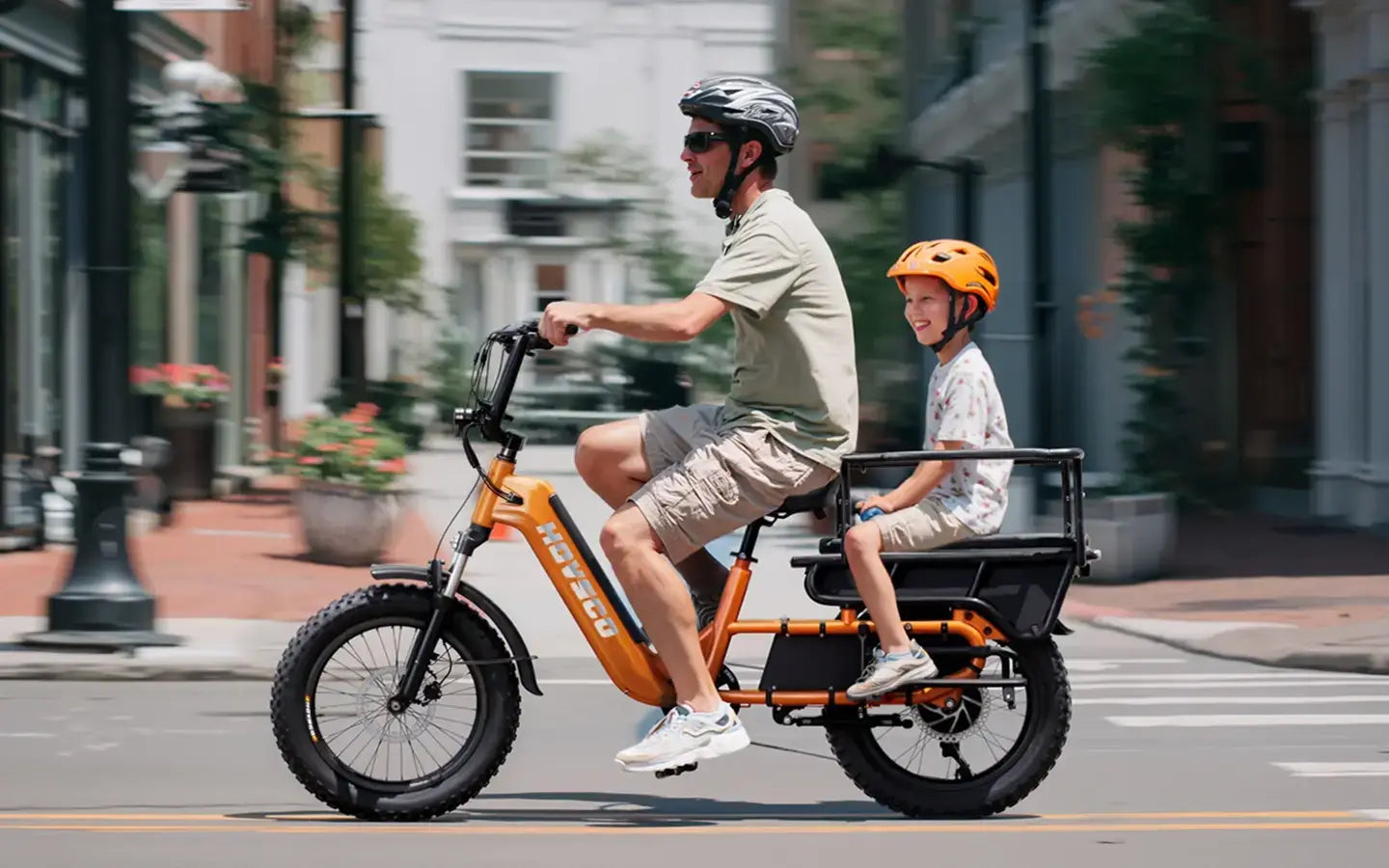
- by LiuJiazhu
Why Understand Ebike Incentive? Benefits, Eligibility, and How to Claim in 2025
- by LiuJiazhu
Understanding e-bike incentives in 2025 is essential for reducing purchase costs, supporting environmental sustainability, and encouraging wider adoption of clean transportation. The primary opportunity lies in the federal E-BIKE Act tax credit, which proposes a refundable 30% credit (up to $1,500) for e-bikes under $8,000, pending legislation. Meanwhile, state and local governments offer immediate rebates, point-of-sale discounts, and varied tax credits with distinct eligibility criteria and claiming procedures.
E-bike incentives lower upfront purchase costs through tax credits or rebates, making e-bikes more accessible. They promote environmental benefits by reducing carbon emissions and traffic congestion and support economic benefits by increasing bike sales and reducing household transportation expenses. Incentives also encourage healthier, sustainable modes of transport.
Eligibility hinges on income rules, bike specifications (motor under 750W, Class 1-3 with pedals), safety certifications (UL 2849), purchase location (usually U.S. retailers), and age requirements (usually 18+). Income limits are often included to focus benefits on middle- and lower-income individuals or households.
Chart Title: E-Bike Incentive Eligibility Criteria
| Criterion | Details |
|---|---|
| Price Cap | Under $8,000 purchase price |
| Motor Power | Less than 750 watts |
| Bike Class | Class 1, 2, or 3 with operable pedals |
| Certification | UL 2849 or equivalent safety standards |
| Income Limits | $150k for singles, $225k heads of household, $300k joint filers |
| Residency | State/local requirement for program participation |
| Age | Minimum 18 years |
| Purchase Method | Often from registered retailers |
The federal E-BIKE Act aims to provide a 30% refundable tax credit up to $1,500 for e-bikes under $8,000, with income and eligibility limitations. As of mid-2025, the Act awaits final Congressional approval. Potential buyers should follow legislative progress, save receipts, and take advantage of existing state and local programs meanwhile.
When buying an e-bike, consider incentives to reduce costs. Choose models that comply with eligibility standards like motor wattage and certification, and buy from registered dealers to qualify for point-of-sale discounts. HOVSCO recommends staying informed, leveraging multi-level incentives, and validating documentation to maximize benefits and support sustainable transportation choices.
“HOVSCO champions e-bike incentives as vital for accelerating adoption and reducing environmental impact. We advise riders to proactively research and leverage incentives like the E-BIKE Act and state rebates to make ownership more affordable. Our commitment is to deliver quality e-bikes compatible with incentive requirements, fostering broader accessibility and cleaner mobility.” — HOVSCO Policy Team
Q: What is the E-BIKE Act tax credit?
A: A proposed 30% refundable federal tax credit up to $1,500 for e-bikes under $8,000, pending approval.
Q: How do state and local e-bike incentives differ?
A: States often provide point-of-sale rebates, post-purchase discounts, or additional tax credits with varied income and residency requirements.
Q: What bike features qualify for incentives?
A: Motors under 750W, fully operable pedals, safety certifications like UL 2849, and proper bike classification.
Q: Do I need to buy from specific retailers to get incentives?
A: Many programs require purchases from registered participating dealers.
Q: How do I apply for federal e-bike tax credits?
A: Submit required forms with your tax return after purchasing a qualifying e-bike once the law passes.
Share:
What Is the California E-Bike Rebate and How Can You Get It?
What Is the Price of an Electric Bike in 2025?